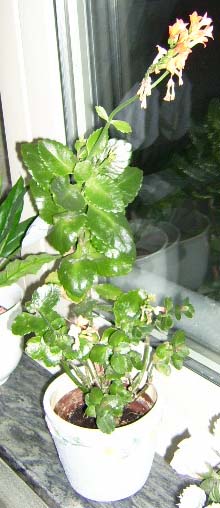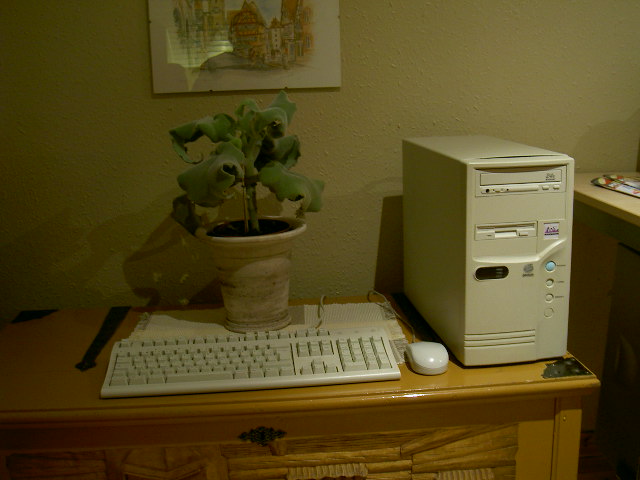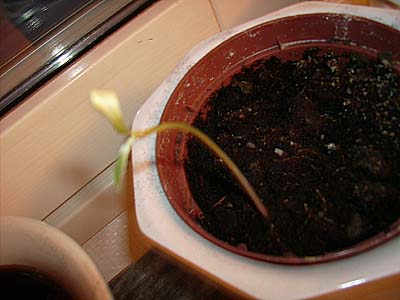carlsson
Veteran Member
One and a half year ago, I got a Kalanchoë as a moving in gift. It was short and thick with big leaves. However, as time has passed and I have not taken proper care of it, it has changed its way of growth to something quite different:

I'm afraid if I let it grow as it wants, it will become a climbing plant rather than a short, thick one as expected. On the other hand, one would not want to cut down the part that still is flowering..:eh:
I'm also considering to sow some tomatoes etc. Although I have a balcony with glass windows and in worst case could make room indoors, I'm not sure if it is too early to do this.. remember I don't live in a sub-tropical climate.

I'm afraid if I let it grow as it wants, it will become a climbing plant rather than a short, thick one as expected. On the other hand, one would not want to cut down the part that still is flowering..:eh:
I'm also considering to sow some tomatoes etc. Although I have a balcony with glass windows and in worst case could make room indoors, I'm not sure if it is too early to do this.. remember I don't live in a sub-tropical climate.


